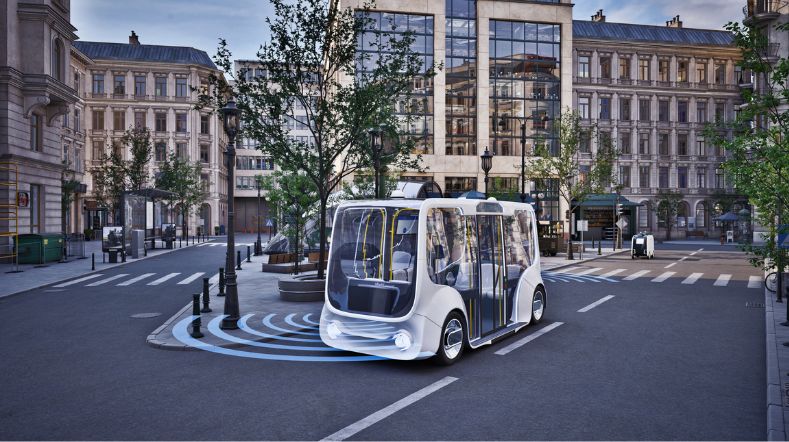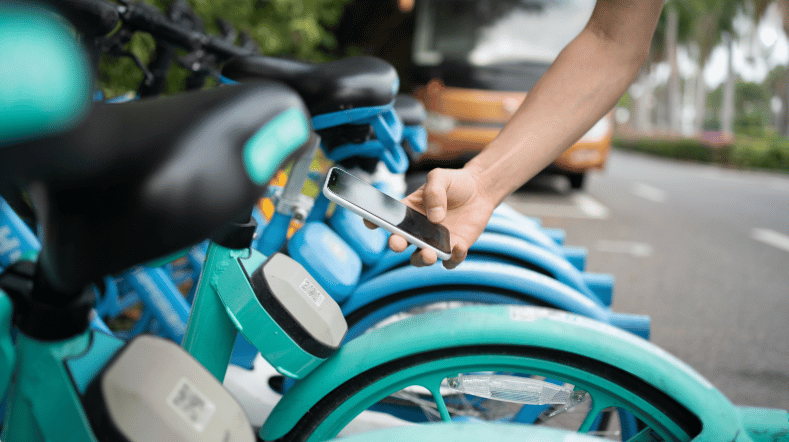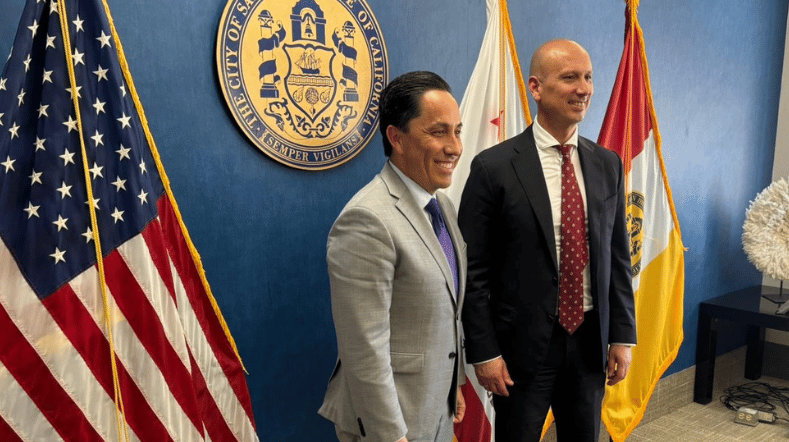Liveable cities and regions
A pleasant and safe living environment where we live, work, travel, and recreate. Decision-makers face a complex challenge to ensure such an environment. How do you achieve sustainable cities and villages, accessible to everyone, and resilient to climate change? How do you do that when space is scarce? Where do you find reliable data and how do you make those complex decisions? With our innovations, we support governments, area developers, and construction companies to keep cities and regions liveable and resilient.

Why TNO?
How do we ensure business activity and employment while building enough homes in this overcrowded region? How do we make the city cleaner, more accessible, and resilient to climate change?
The energy system, air quality, housing shortage, mobility and climate. All issues with a significant impact on the scarce space in the Netherlands. To create a liveable and resilient environment for everyone, data and insights are needed. Smart, innovative solutions like digital twins and AI can provide insights into the effects of policy and investment choices. Combined with in-depth knowledge in a wide range of fields "under one roof," TNO offers reliable, independent support and innovative solutions.
TNO has already assisted many municipalities, provinces, regional partnerships, and companies in making data-driven decisions with an eye on the future. TNO holds a unique position in the innovation ecosystem, between the market, government, and universities. TNO can demonstrate and apply innovations on a larger scale for the first time, ready for further scaling.
Three elements give TNO a unique position:
- Integrality: In-depth knowledge of the mobility system from different perspectives provides integral insights. TNO specialists in human behaviour (who travels when, why), network (what does that mean for traffic flows, bottlenecks, congestion), and societal effects (such as negative environmental impacts, space scarcity) work closely together.
- Modeling power: We model quickly. This allows us to work interactively and iteratively with clients and stakeholders. We can reduce months of work to weeks or even hours, optimising scenarios across multiple goals.
- Our facilities: the Urban Data Facility (The Hague), the Predictive Twin Lab (Delft), and the Mobility Applied Research Quarter (Helmond). Here we conduct research, often together with clients and other knowledge institutions. Usually, we experiment on a small scale before implementing innovative solutions on a large scale.
Our activities
How can the number of motorised kilometers traveled in a region be reduced? How can alternatives to the car contribute to better quality of life in the city without compromising accessibility?
The current mobility system is stuck in many places. Cities are growing in population, while the space for mobility often does not grow. Important functions must also remain easily accessible for residents and visitors. This makes it necessary for many municipalities to shift their budget from cars to more sustainable transport options (that take up less space).
TNO combines existing with innovative, new mobility concepts, based on the principle that important functions in cities and regions remain easily accessible to everyone. With an innovative "agent-based" traffic model we can model urban dynamics on a large scale. Compared to current simulations, this technology is more realistic and allows predictions to be made that take human behaviour into account.
Examples of issues that TNO can assist with are:
- making the concept of the 15-minute city applicable (proximity to functions/facilities) and linking this to changes in mobility (more active modalities, less motorised traffic).
- cost savings in the mobility domain without this having an impact on accessibility.
- apply broad prosperity in, for example, new-build neighborhoods with an eye for access/accessibility for all residents, including vulnerable groups.
How do we achieve a low-carbon mobility system in our city? How can we realise a modal shift to zero emission mobility?
The intention is often there, but the practise in which emission-free vehicles determine the street scene still seems far away. Grid congestion, charging problems, accessibility issues surrounding zero-emission zones. And then the consequences for vulnerable residents who are dependent on the car but cannot afford an e-car. Many parties, such as transporters, municipalities and electricity companies, are looking for solutions in which cities and regions remain accessible, but also become cleaner.
How can we change the mobility system so that it requires less space? How can we guarantee accessibility of the city for everyone? How can spatial decisions regarding area development be accelerated?
Complex challenges for many cities and regions. After all, a growing and aging population, smaller households and new generations with different needs compete for scarce space. And matters such as climate change, energy transition, mobility, activity, recreation and biodiversity must also be taken into account.
To arrive at the right solutions it is necessary to look at the entire spatial puzzle. Insight, innovations and solutions in sub-areas (per district, business park or village) will not get us there. TNO offers an integrated view to make better decisions about the organisation of our country.
How can we prevent heavy showers or extreme heat from completely disrupting the city? How can we limit the "recovery time" after heavy rain or extreme heat? And what other disruptions could hit cities?
Climate change has regularly led to disruptions in our road network in the past period. We also regularly see the consequences of climate change camps on the railways and on rivers, with delays (or worse), which underlines the need to build climate-robust infrastructure. The challenge is to achieve this with respect for nature, with nature-inclusive designs and "nature-based solutions".
Our latest developments
Don't jump on every innovation bandwagon: TNO's framework to help cities make smarter mobility choices


Urban space


Zero emission urban mobility


How governments can make MaaS work to societal goals


With Urban Strategy, TNO connects with innovative U.S. West Coast in San Diego



